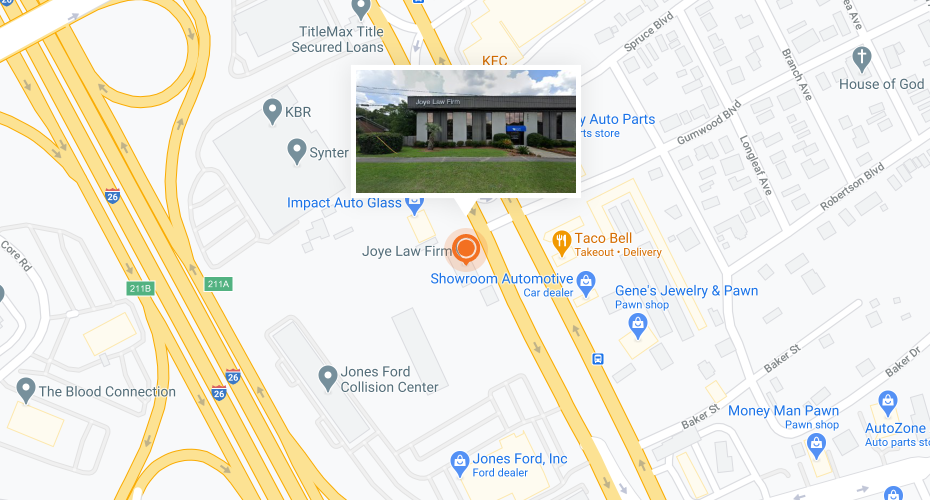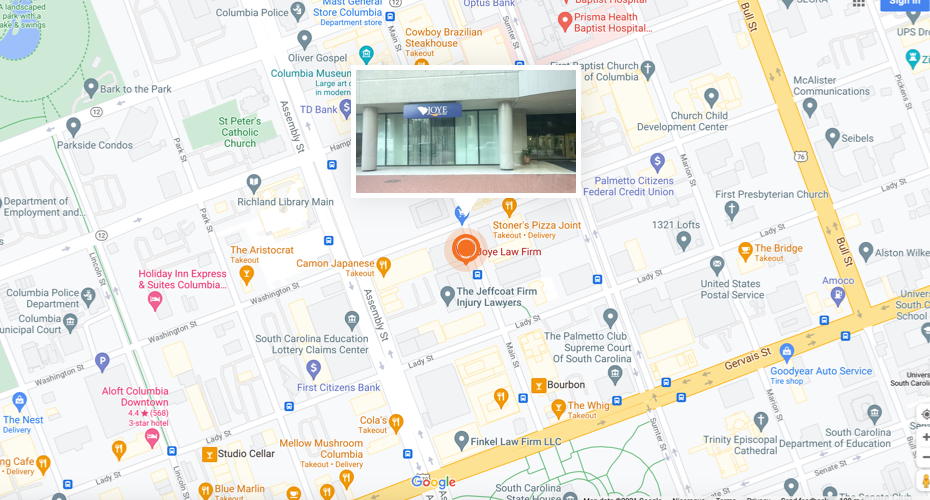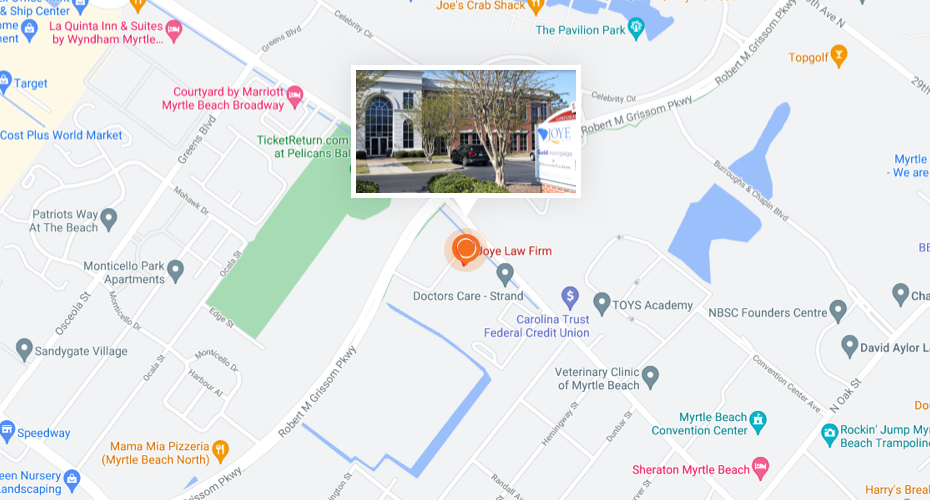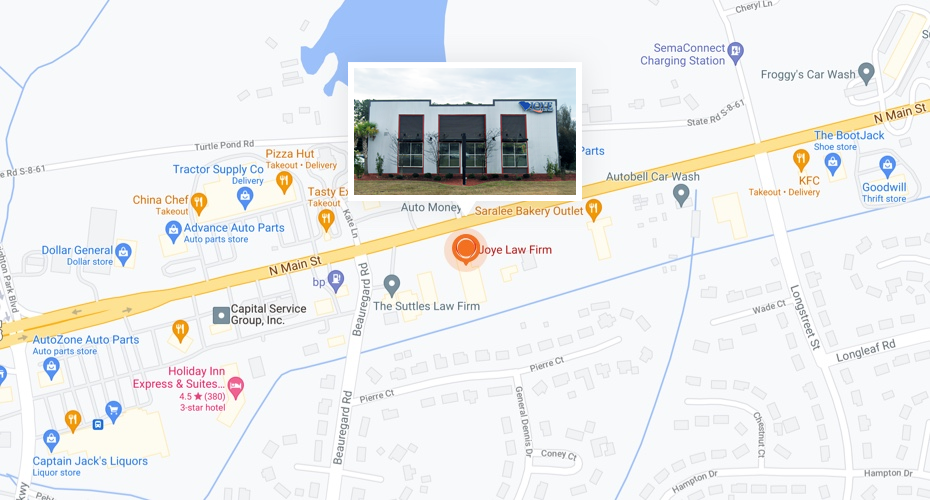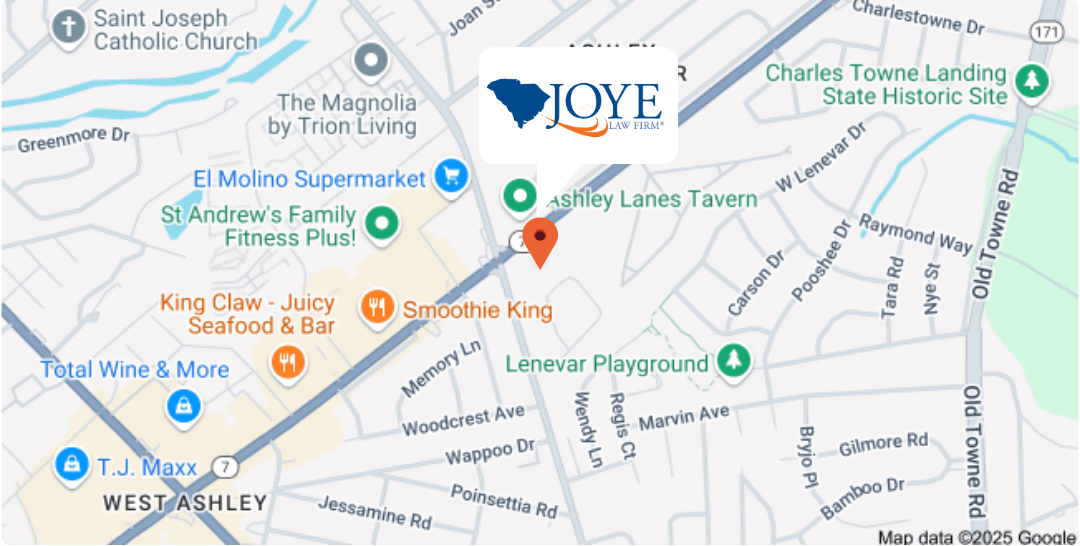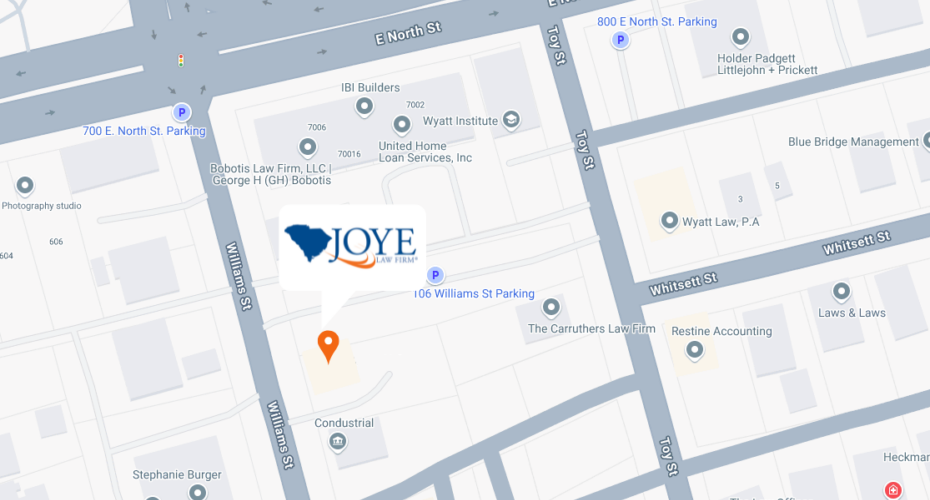It’s important to act quickly. Generally, you have one year from the date of the VA’s decision to notify the VA that you intend to appeal.
The first step in the appeals process is to prepare a Notice of Disagreement (NOD), a written statement that will include the rating decision by date, a statement that you disagree with the VA’s decision, and a statement of your desire to appeal the decision.
After receiving the NOD, the VA will create a Statement of the Case (SOC), a written document stating their position on your claim. This mailing, which may take a long time to arrive, will also include a VA Form 9 (Substantive Appeal form), the form used to request a review by the VA’s Board of Veteran Appeals.
It is vital that you fill out Form 9 completely and correctly. An attorney can help make sure that Form 9 is filled out correctly and includes the best points of your case. A lawyer can also make sure you send Form 9 in by the deadline, which is either 60 days from the time the VA sent you the SOC or one year after the VA sent the original decision, whichever is later.
At this time, you can also decide if you want to gather and present additional evidence, such as additional medical records or exams, with your appeal. You may want to see a doctor for a medical nexus exam, where the doctor will write an opinion on whether your disability is related to your military service. A veterans benefits attorney can help you navigate the process, decide what to present to the VA, and help everything go more quickly and smoothly.
You will need to decide whether to seek an in-person hearing at this stage and whether this should be at your local VA office or the Bureau of Veteran Appeals. This hearing can be either in person or by video conference.

























